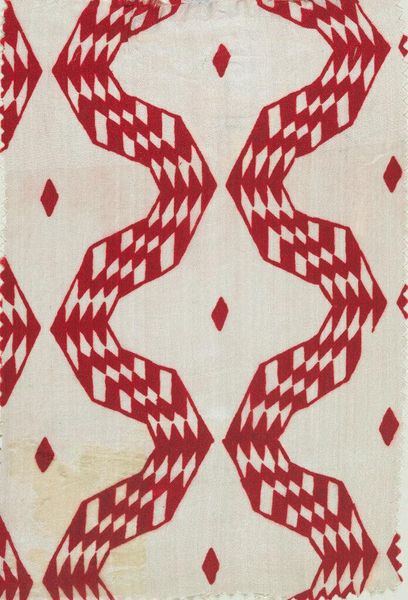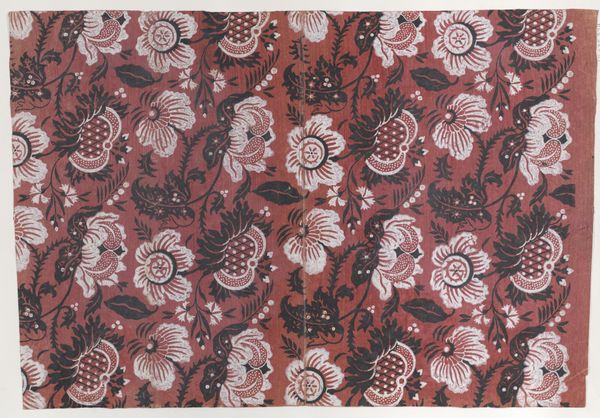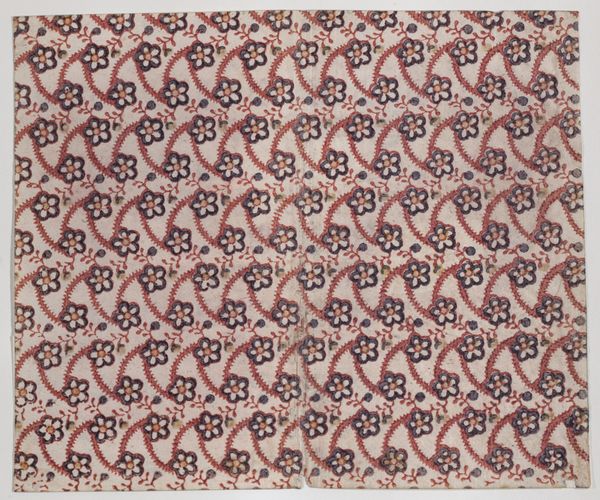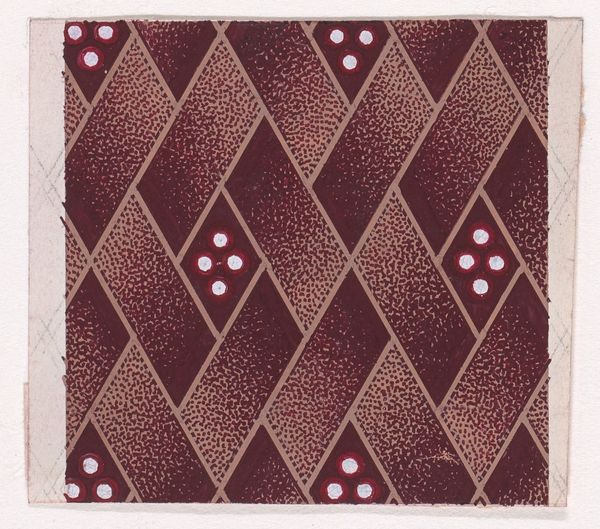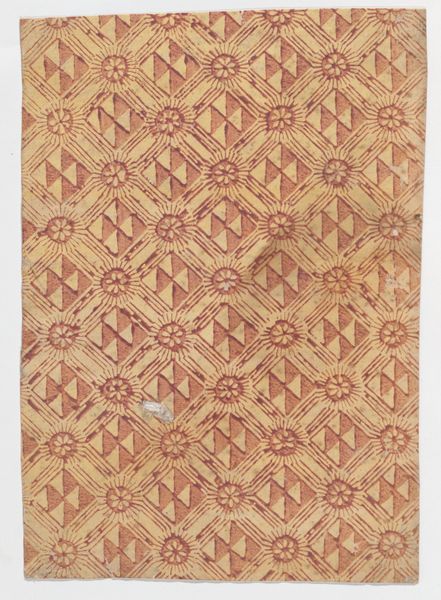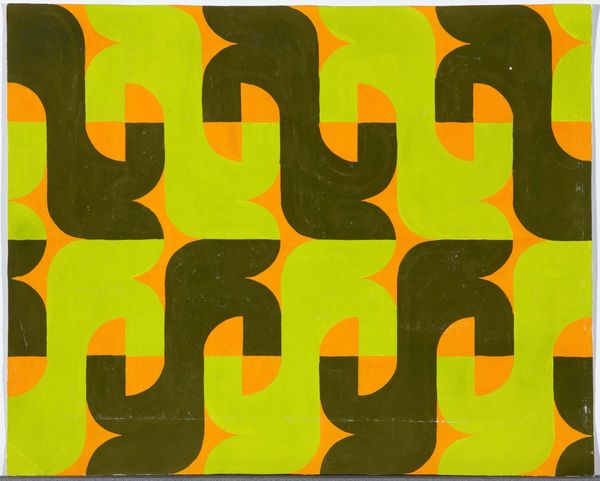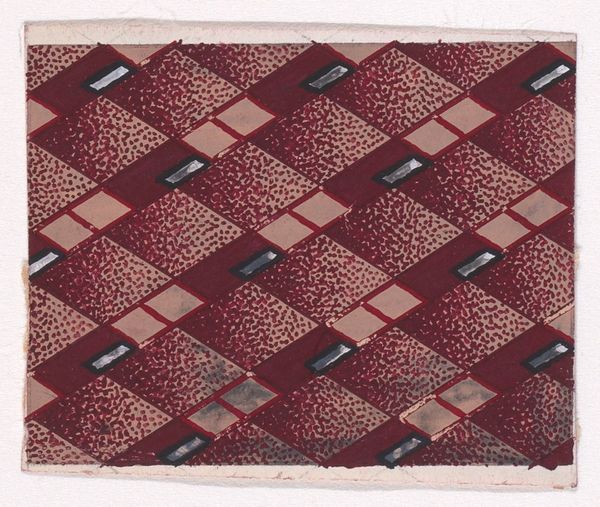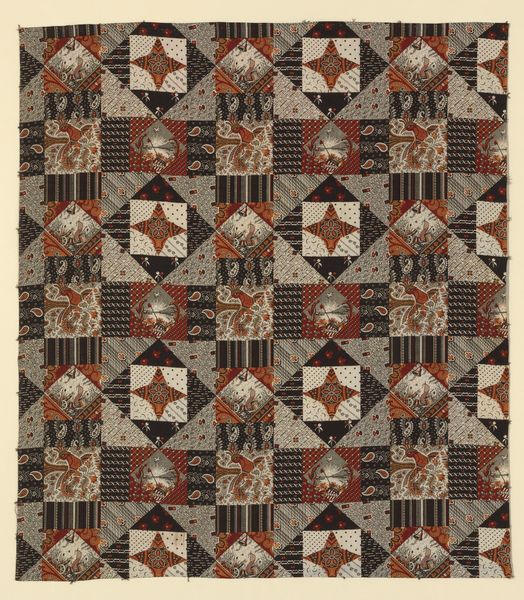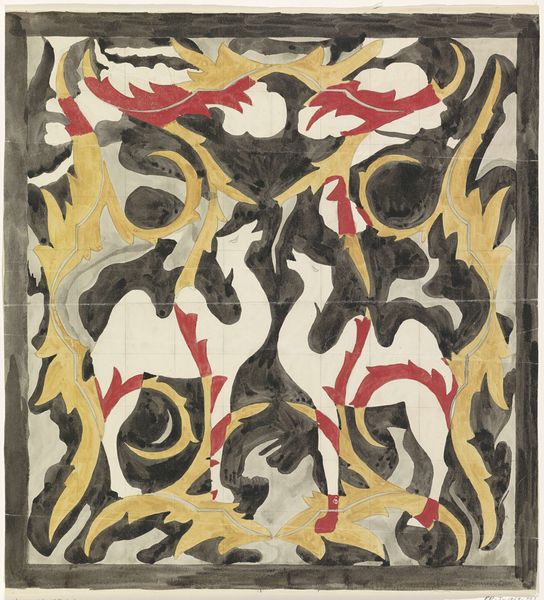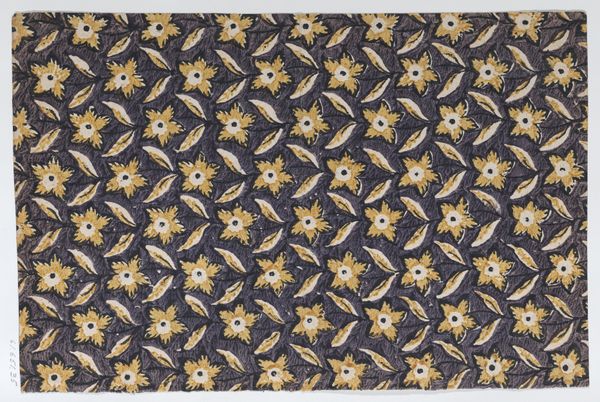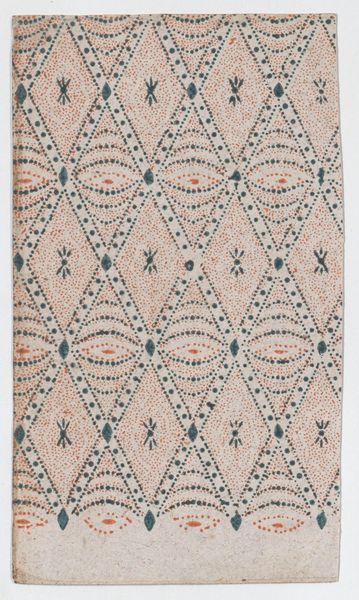
drawing, print, intaglio
#
drawing
#
animal
# print
#
intaglio
#
pattern
#
geometric pattern
#
organic pattern
#
geometric
Copyright: M.C. Escher,Fair Use
Curator: Here we have M.C. Escher's "Lizard" from 1942, rendered as an intaglio print. Editor: My first impression? It’s unsettlingly satisfying, like a beautiful cognitive puzzle. The eye just wants to organize it, make sense of where one lizard begins and another ends. Curator: It's a testament to Escher's process; how he marries the precision of mathematics with the fluidity of art. Intaglio, you know, involves engraving or etching an image into a plate, typically metal, and then using that plate to make the print. The final impression carries with it the weight and impression of each stage, physical labors, and a bit of craft. Editor: Exactly! It's fascinating how Escher elevates this almost industrial process into an organic, breathing whole. I’m thinking about tessellations. Did Escher use those, you know, those tiling techniques he studied… to play with our perception of form and ground here? It’s almost a dizzying effect—an infinite expansion suggested by the limited frame. Curator: Absolutely! His exploration of tessellations allowed him to explore infinity within a bounded space, but it's more than just a trick. Each lizard, painstakingly carved, is a testament to the repetitive labor that underpins the final, dazzling composition. Imagine the sheer volume of prints produced. It transforms these creatures from singular beings into something approaching commodity, a building block of larger designs! Editor: Right, it moves past simple representation. But the lizard itself…there’s something subtly ironic about choosing this creature to represent such regimented repetition. Lizards symbolize adaptability, shedding old skin for new. Curator: A lovely point, since Escher did adapt the old into the new, and I think he suggests transformation here, even if contained. It really goes to show you that, in essence, art asks a lot from its audience. This image, and the print, isn't simply about "seeing". We engage and reflect upon it, as well, on many scales of comprehension. Editor: A cognitive dance indeed. A wonderful reminder to observe and consider carefully, and a playful invitation to reexamine where our senses mislead us. Curator: Beautifully said!
Comments
No comments
Be the first to comment and join the conversation on the ultimate creative platform.

